Two CNN journalists, a Dallas Morning News editor and a program on its way up. For thousands of students at Texas A&M, it’s just another new initiative on campus. But for the more than 100 staffers and students involved, the revitalized journalism program is a new way forward.
It made nationwide news last year with the botched hiring of new journalism director Kathleen McElroy, Ph.D. But even with the headlines in flames, the work never ceased. At the same time, work was underway to hire three potential professors of practice with experience as industry professionals: two CNN journalists, Mariano Castillo and Flora Charner, and business editor of the Dallas Morning News, Paul O’Donnell. Now, it’s their first week of classes.
Hart Blanton, head of the Department of Communication & Journalism, said the active hiring priority for the year is at the faculty level rather than the directorial level, unlike last year. Even then, he said last year’s director search was unusual, as a journalism department doesn’t exist and is instead under the Department of Communication & Journalism umbrella. Journalism and media practices are only one of three divisions, and there was never an intent to search for a director for the other two, communication & media science and humanities & critical/cultural studies.
“What we’re doing is sort of returning to normal, which is — as the department head — I’m responsible for recruitment and retention of faculty, among other duties, and working with our faculty to build our curriculum and programs and concentrations,” Blanton said.
Blanton said the next goal was three strong hires — a commitment from the university. The department plans to hire at least two more faculty members by next year to continue building the program. As of Aug. 12, 79 Aggies are majoring in journalism, 25 are enrolling in journalism through the university’s general studies degree and 45 are minoring in journalism, according to Blanton.
Ensuring students can succeed in Aggie journalism is done in multiple ways, Blanton said. Journalism students are required to have a minor to build extra skills and an internship — such as the 12th Man Productions internship — to get real-world experience. Even then, they’re still searching for ways to expand those opportunities, such as new partnerships with media organizations.
With the new program, though, the growth starts from the base with the lecturers and the teachers — specifically, the three new professors of practice hired earlier this year.
In 2023, Castillo was on call at CNN as director of standards and practices, working with journalists who encountered sensitive material through their reporting to handle topics in an “accurate and balanced” way, he said. Now, in his first semester, he’s using those skills to teach political reporting.
“We are bombarded every day, both with what the mainstream networks are putting out and by what we are seeing on social media,” Castillo said. “There’s so many ways nowadays that the political messaging from the candidates to the public can get out, and I’m looking forward to this class being an opportunity to examine the different methods to do political reporting as well as how to critically think about the political stories that we read to raise awareness of how to spot misinformation and how to combat it.”
Properly vetting sources, combating misinformation and even basic topics like how to communicate more effectively are what Castillo sees as essentials in the modern world and a vital element of his course. A member of the Class of 2002, he credits A&M’s journalism major with giving him the skills to succeed. A&M stopped offering journalism in 2003 before a recent push revived both it last year.
“The good news is that journalism education never fully disappeared, right?” Castillo said. “Even when there wasn’t a major, there were always journalism classes. And there’s a cadre of professors that have sustained that. Joining them and growing the program together with them is something that makes this job very appealing and fun. I feel that I’m coming in with a lot of ideas that I hope to implement, and I know some of these will take time.”
A program leaning on practical writing and editing experience is a vital goal, Castillo said, alongside building students’ “editorial eye” that can discern the most crucial parts of a story. Importantly, he said the support from A&M in building the program has been fantastic, specifically with recruiting.
Despite the new transition, Castillo didn’t come from CNN’s Atlanta headquarters alone. His wife Flora Charner made the same move from private to the public sector, something she said the two have been discussing for a while.
“I’ve always been interested in teaching,” Charner said. “I always imagined at some point in my career that I would find myself in the classroom.”
In a managerial role at CNN, she often worked with interns and young staffers, and she spent years covering international news, including her time as an international correspondent in Brazil. Charner said she hopes to put those skills to use when teaching international communication this semester.
Like Castillo, Charner said the future is bright. With broadcast journalism being such a major part of her background, she wants to use her knowledge to teach a multimedia class — studio, newscast and control room included. Bilingual journalism is a necessity in Texas, especially with A&M now being a Hispanic-serving institution as well. Charner wants to explore opportunities to expand it.
O’Donnell has similar goals. Now teaching Media Writing I, he spent years at The Dallas Morning News teaching interns about business reporting. The goal? Transform it into a class, he said.
“Business stories are just business stories,” O’Donnell said. “They’re just the ability to talk about commerce with interesting personalities and success and failure. Some of the most interesting stories I’ve ever read were entrepreneurial stories of people that literally gambled everything they had on an idea that they were convinced was going to make it.”
All three professors said they want their students out on campus reporting and writing, especially O’Donnell. Stories on campus influencers, Aggies of interest or even just anecdotes from a student’s day are some of the examples he said he’s thinking about.
“[A&M], because of its traditions, because of its history, is always going to attract really bright, interested students,” O’Donnell said. “I think the more we can build up the journalism program, the more you’re going to see students coming here specifically for that. I think the future is really bright.”



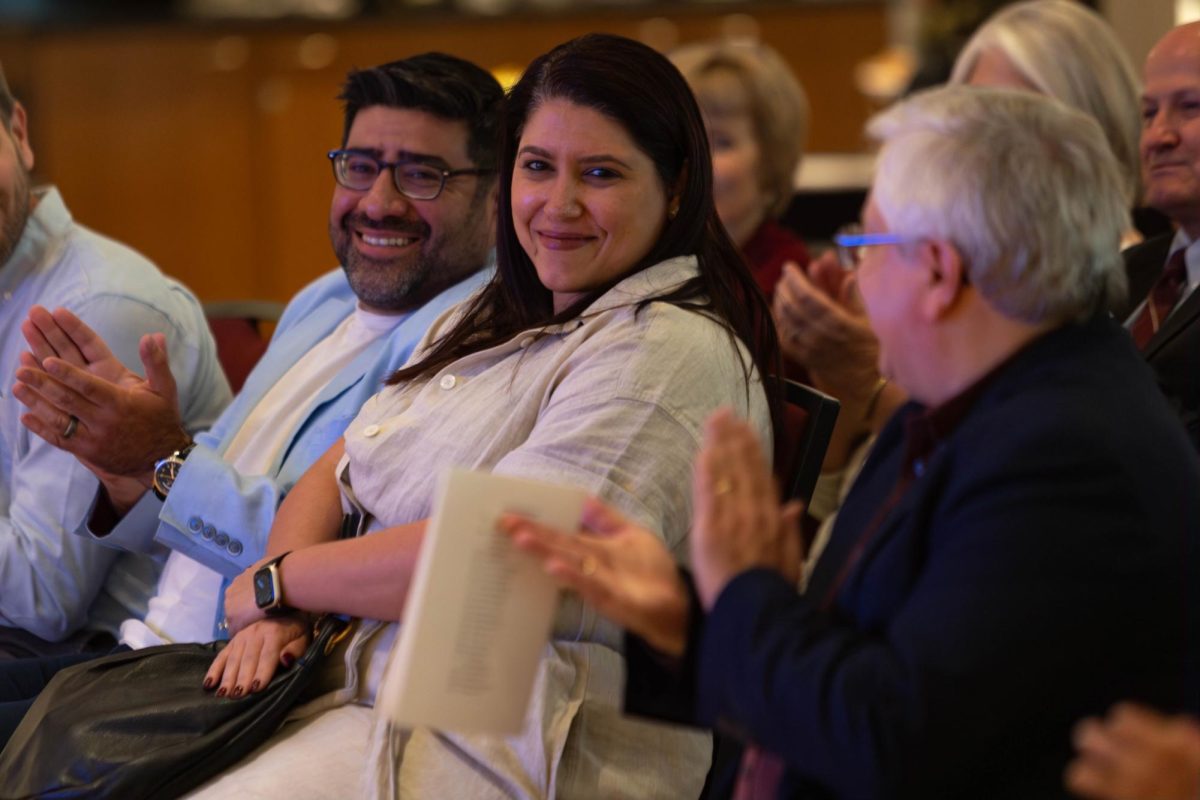

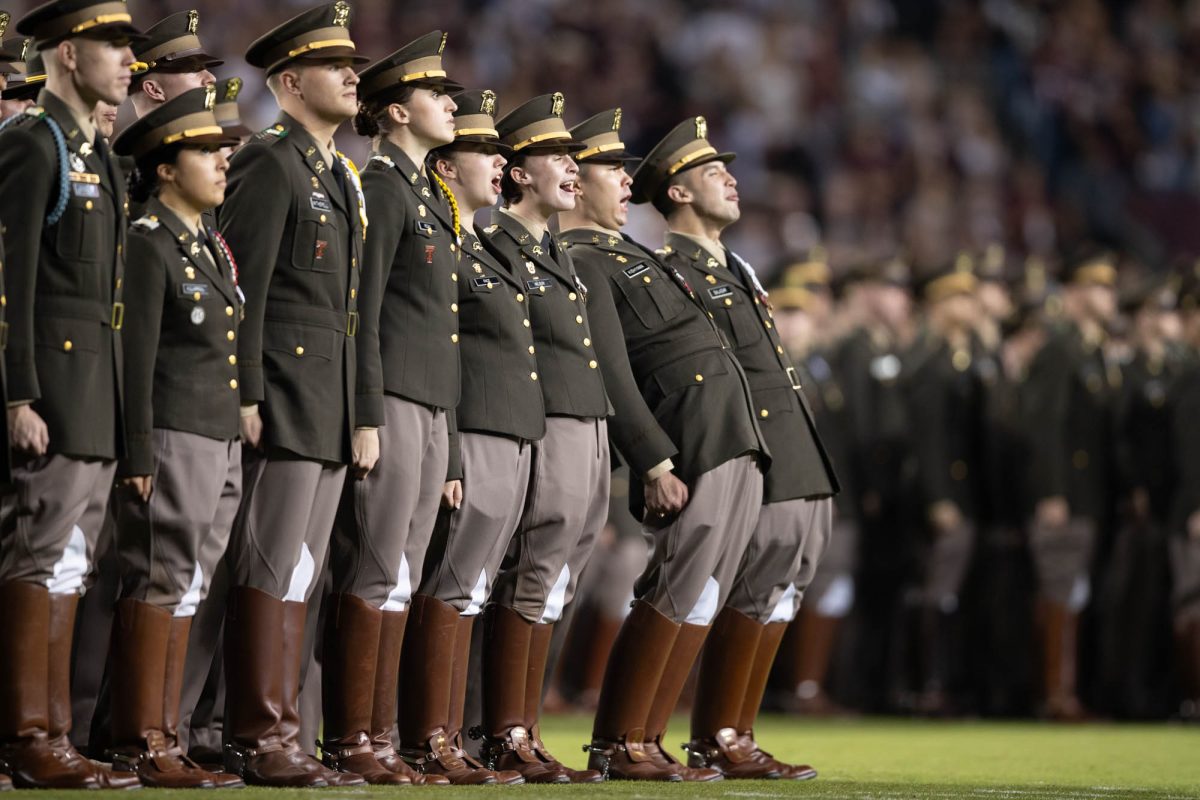

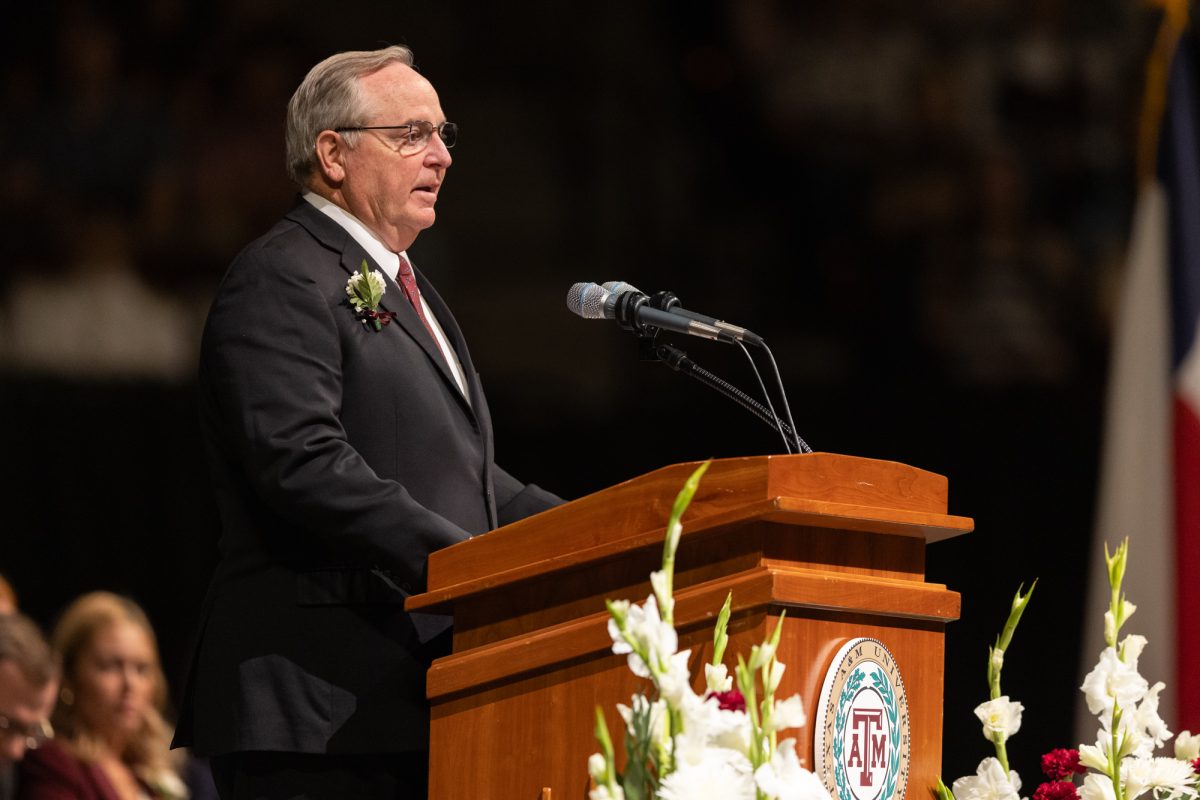
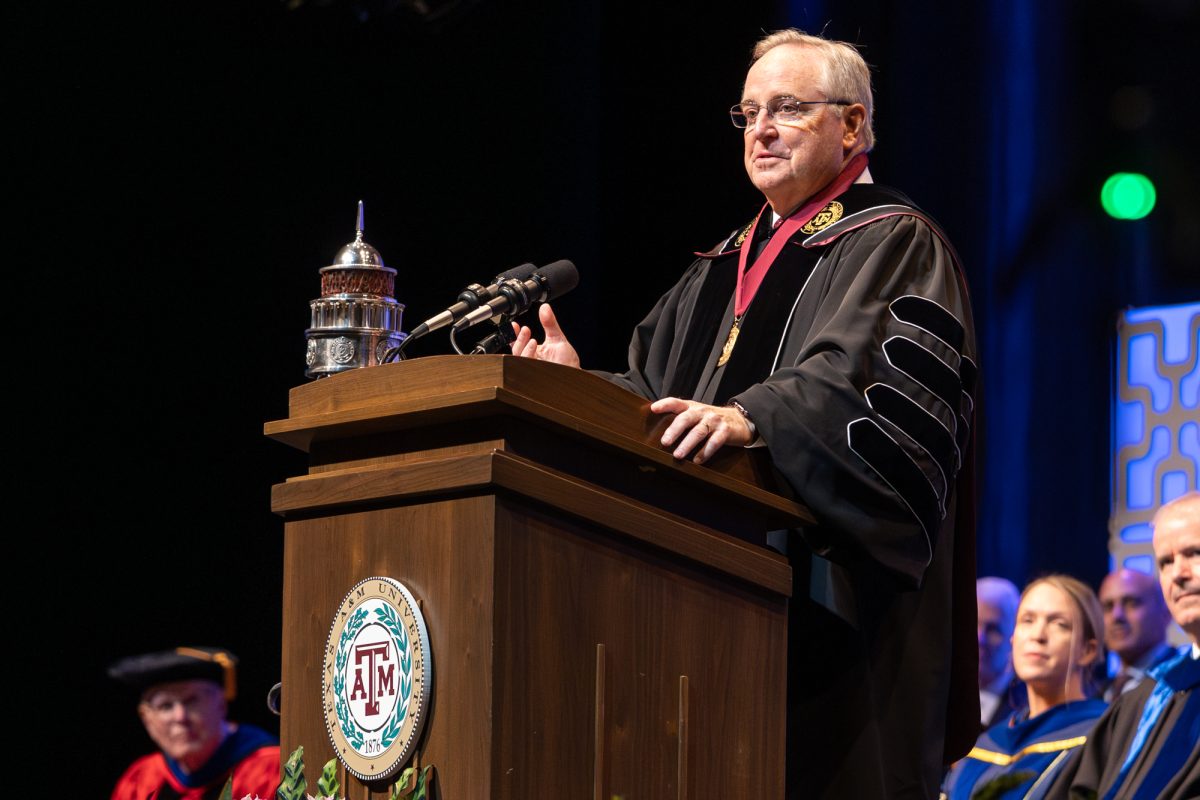
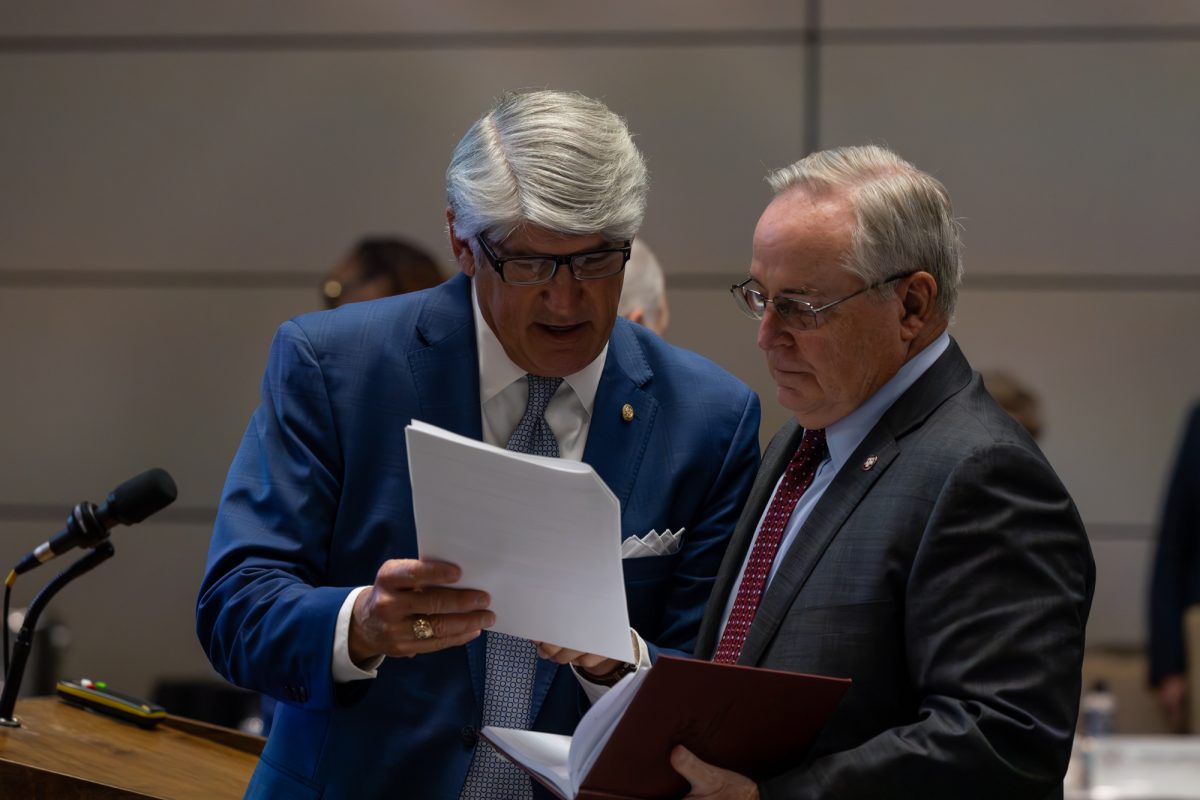
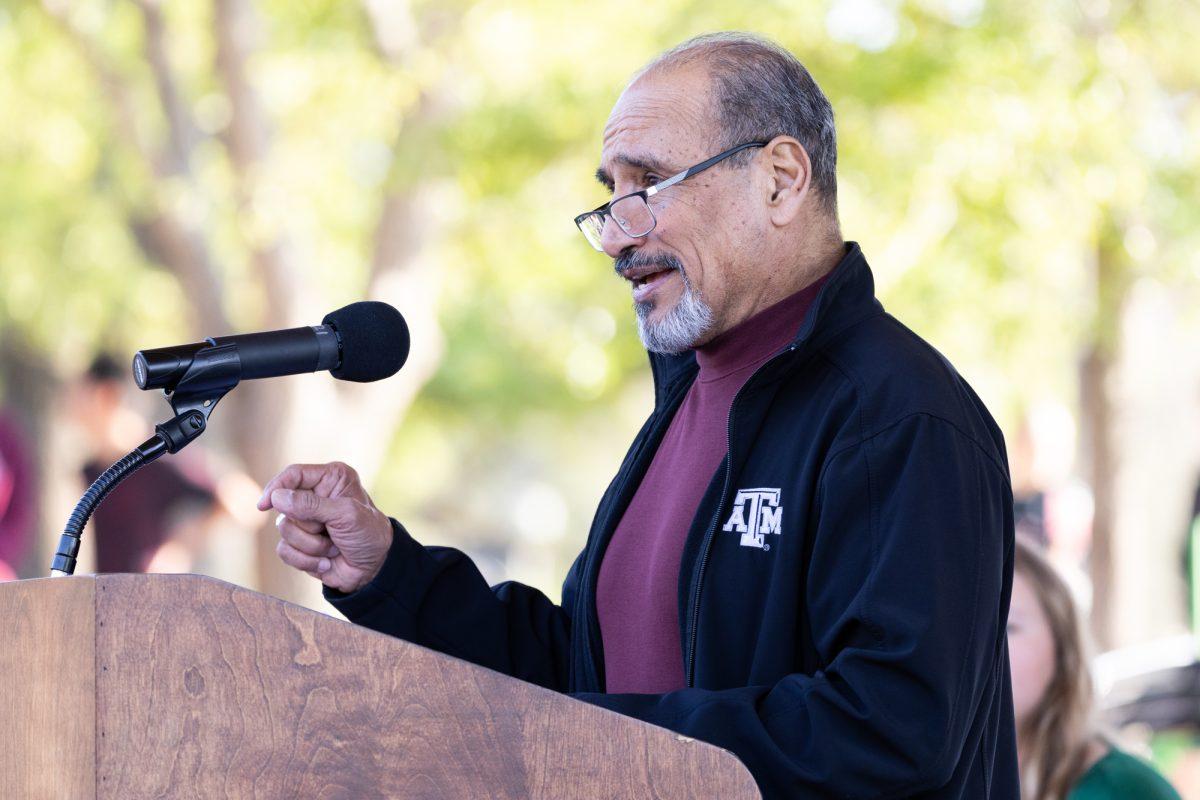
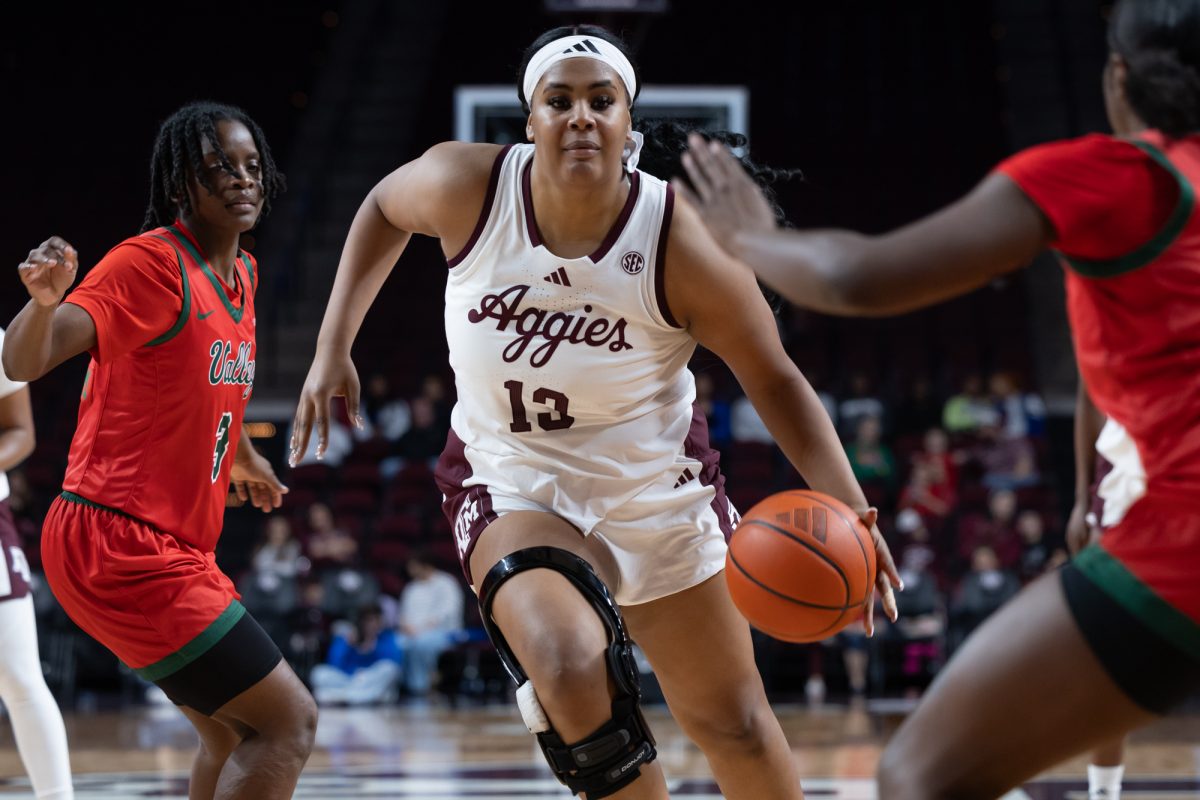
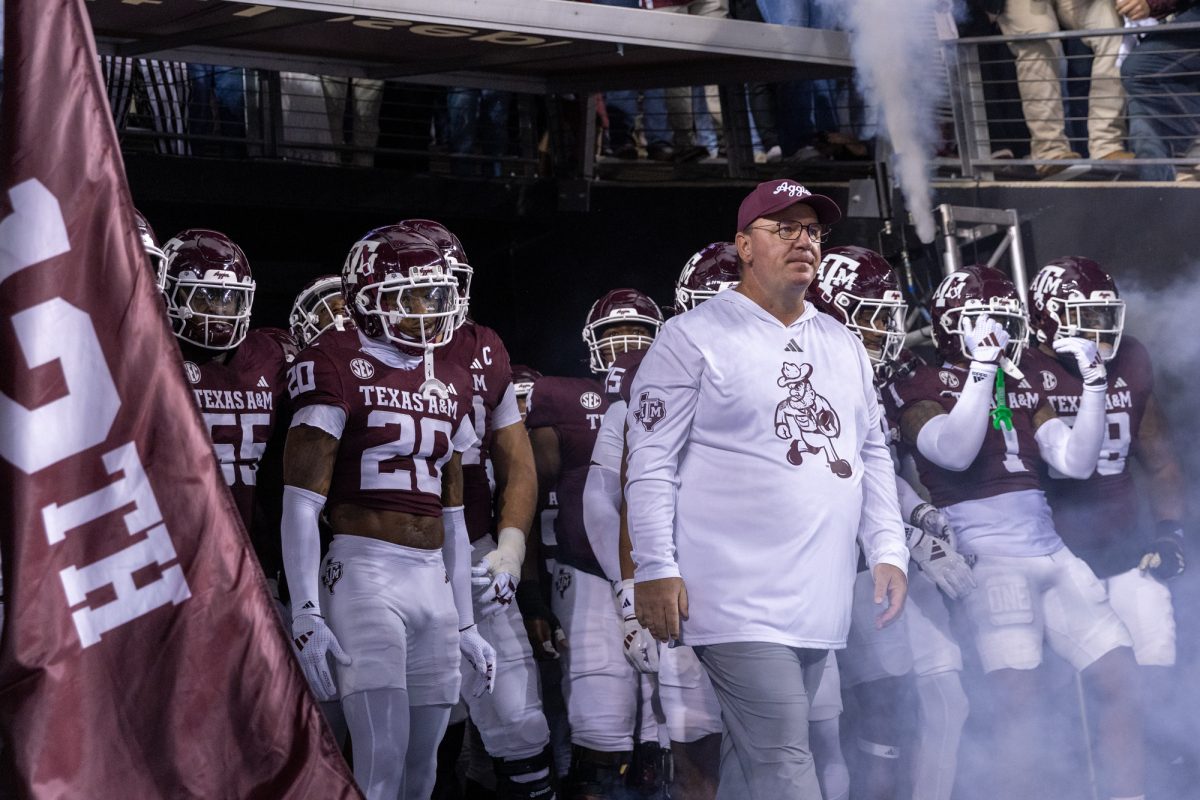
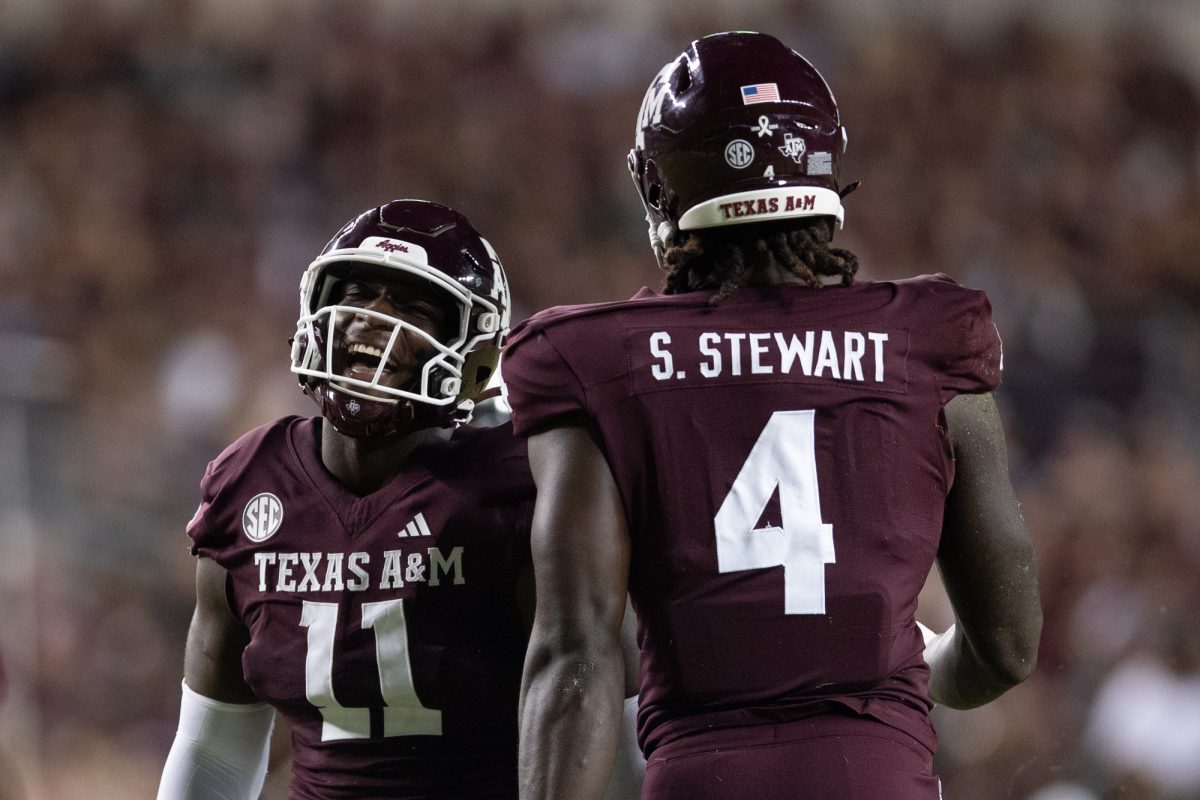

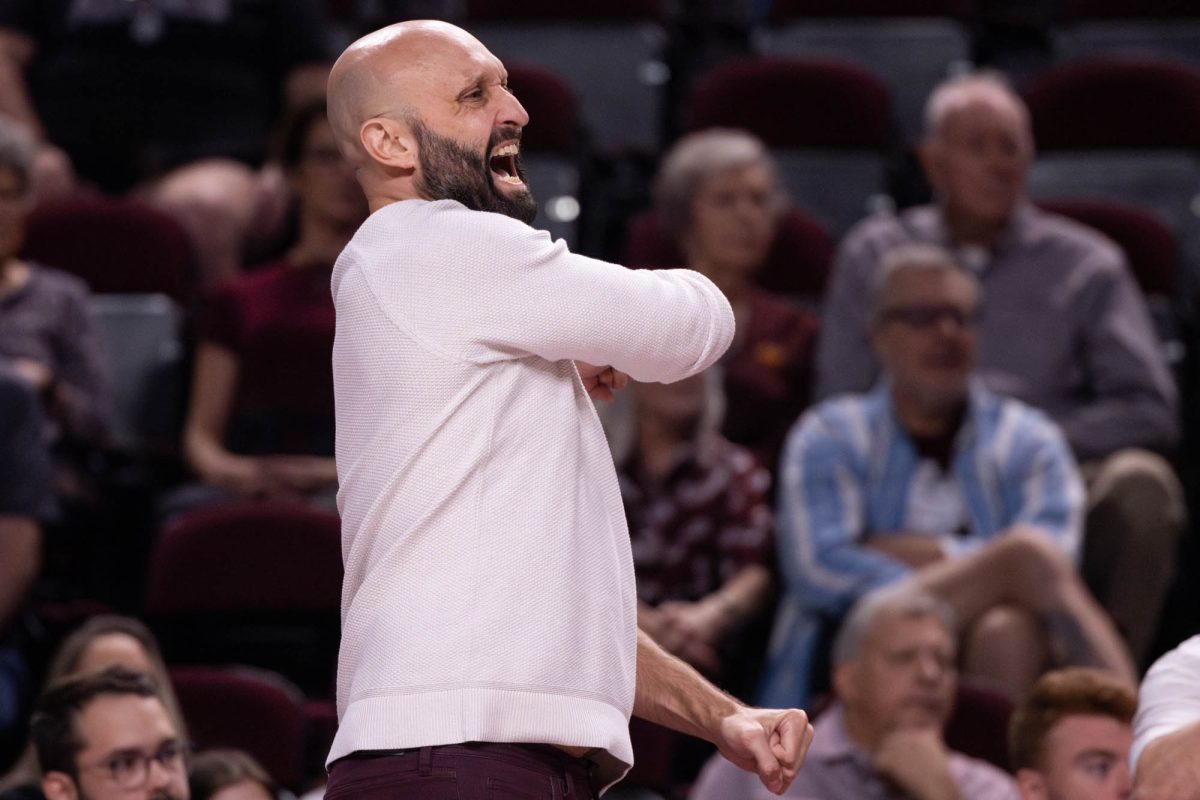
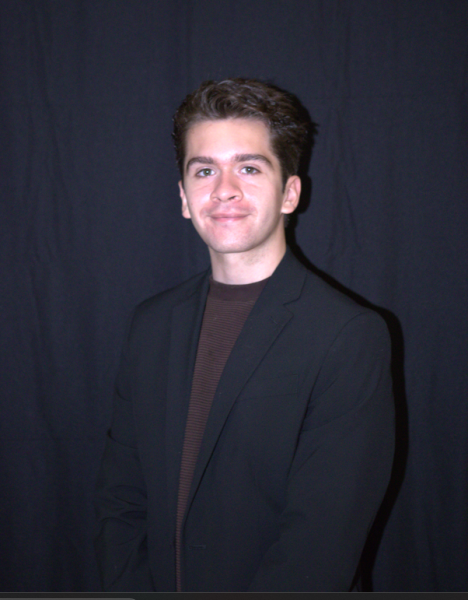
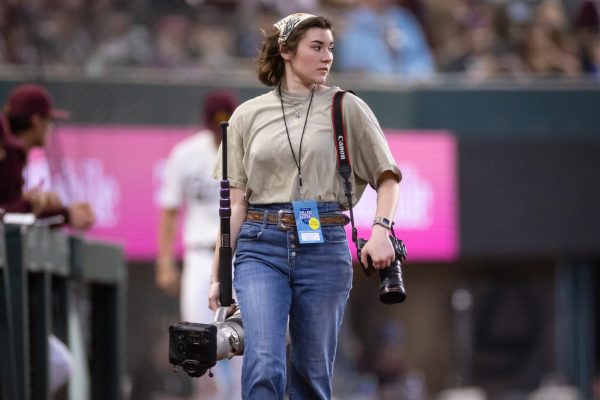
Sam Myers ‘89 • Aug 24, 2024 at 6:24 am
Over the last several decades independent news organizations around the world were purchased by huge corporations, resulting in reporting that has become opinion based over fact based.
In other words – propaganda.
Bias in our media is an existential threat to Democracy in America and educating future journalists about the importance of neutral reporting should be the primary goal.
As a former Batt Staffer and a proud disciple of the late great Bob Rogers (former Department Head) I can say the foundation of journalism must be neutral lest it devolve into the propaganda we see today.